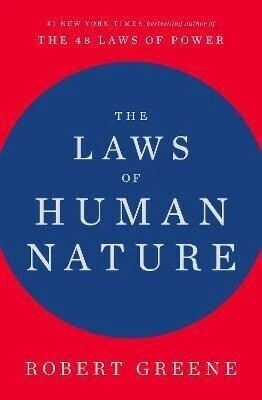
Fair Value; The Meaning and Application of the Term "Fair Valuation" as Used by Utility Commissioners (English, Paperback, Hartman Harleigh Holroyd)
Price: Not Available
Currently Unavailable
Highlights
- Language: English
- Binding: Paperback
- Publisher: General Books
- ISBN: 9781151229250, 1151229253
- Edition: 2009
- Pages: 218
Description
This historic book may have numerous typos and missing text. Purchasers can download a free scanned copy of the original book (without typos) from the publisher. Not indexed. Not illustrated.1920 Excerpt: ... CHAPTER X CONCLUSION The diversity of subject-matter, the necessity of considering the divers theories of many independent jurisdictions, and the confusion in valuation law and practice render any consideration of fair value unavoidably incoherent. It seems desirable, therefore, in concluding a study of this subject, to direct attention to the fundamental principles of valuation, its aims, and the general trend of commission action, with a view to leaving the reader with a concise idea of the nature of fair value. Confusion will be avoided if the following preliminary points are kept in mind: (1) That the public utility is essentially different from other industry; (2) That private property devoted to the public use is not the same as other private property, and does not enjoy the same legal protection; (8) That the service rendered is governmental in its nature, and; (4) That the purpose of regulation is curtailment of private rights and the encumbrance of private property. Fair value is concerned chiefly with rate value, for that value exercises a direct effect on all value for regulatory purposes. Modern rate-making is a type of cost-finding, for rates are based directly on the cost of the service. That cost is made up of three items, material, labor, and burden. Ratemaking considers the first two elements in the allowance for operating expenses.1 Valuation deals with the burden 1 Rent may be an operating expense, but where the utility owns the building and collects a return on the investment in it, it cannot collect a second return as rent. Interest and bond discount are included in the return, not in the operating expense. or expense element. An appraisal or valuation is necessary in cost-finding for two reasons. It shows burden, and it is ...
Read More
Specifications
Book Details
| Imprint |
|
| Publication Year |
|
Dimensions
| Width |
|
| Height |
|
| Length |
|
| Weight |
|
Be the first to ask about this product
Safe and Secure Payments.Easy returns.100% Authentic products.
Back to top






